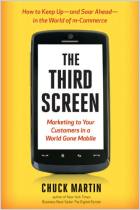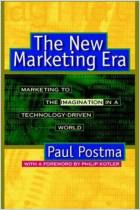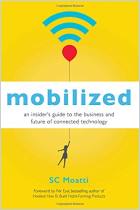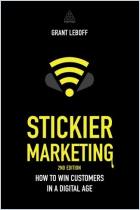
Mobile Marketing
Fundamentals and Strategy
Recommendation
Today’s mobile phones are computers that enable consumers to send text messages, access the Internet, shop online, participate in social networks, and much more. This well-written manual provides an excellent introduction to mobile marketing and instructs organizations on how to connect instantly with customers in a personal, meaningful way. Although such marketing is relatively new in the United States, many European companies rely on mobile technology to interact directly with customers, improve brand recognition and increase sales. Turkish professors Kaan Varnalı, Ayşegül Toker, and Cengiz Yılmaz explain mobile phones’ marketing capabilities clearly and simply. getAbstract recommends this timely guide to marketing managers, who should read it now before the next leap in technology renders it obsolete.
Summary
About the Authors
Ayşegül Toker is the chair of the Department of Management at Turkey’s Boğaziçi University, where Cengiz Yılmaz is a marketing professor. Kaan Varnalı is an assistant professor of marketing at Istanbul Bilgi University.

















Comment on this summary or Iniciar a Discussão